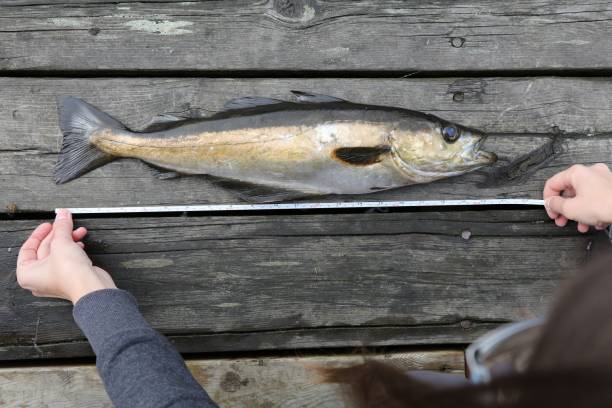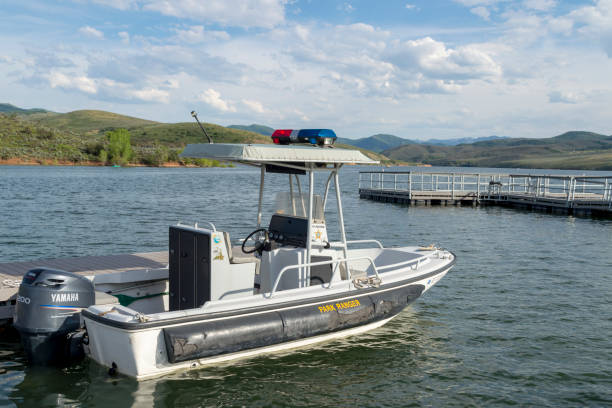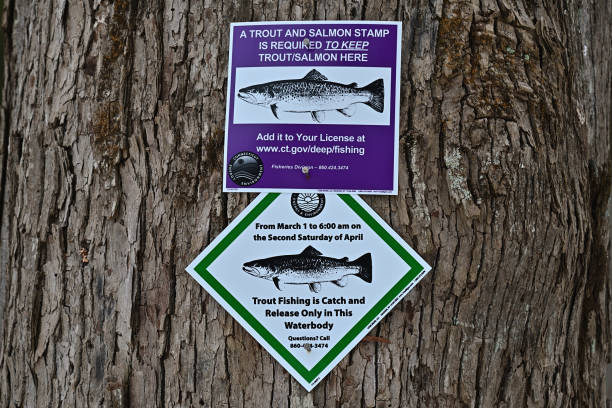2025 Portland Fishing Regulations
The fishing regulations in Portland, Oregon, have undergone several changes for 2025, with a focus on preserving fish populations while balancing recreational fishing opportunities. The Oregon Department of Fish and Wildlife (ODFW) continues to adapt its policies to ensure that the diverse aquatic ecosystems in and around Portland remain sustainable for future generations of anglers. This article will dive into the key fishing regulations that have been updated, providing anglers with the information they need to stay compliant and contribute to conservation efforts.
Columbia River Sturgeon Regulations
One of the most significant updates for Portland-area anglers involves the regulation of sturgeon fishing in the Columbia River. Effective for the 2025 season, sturgeon retention is closed across the river system, meaning anglers can no longer harvest sturgeon. However, catch-and-release fishing remains permitted, allowing anglers to continue practicing the sport while contributing to the conservation of this iconic species. The closure comes after concerns about the decline in sturgeon populations, which has made sustainable management a priority for ODFW.
For anglers who are still hoping to fish sturgeon in specific parts of the Columbia River, such as the John Day Pool, there are additional localized regulations. For example, the John Day Pool will open its sturgeon fishing season on January 1, 2025. Anglers can fish seven days a week, but only until the designated quota is met. During this period, the legal size for sturgeon retention is restricted to fish measuring between 43 and 54 inches in fork length. Only one fish can be kept per day, and these fish must fall within the size limits. The daily bag limit for sturgeon remains at one fish per person, which emphasizes the ongoing commitment to preserving the sturgeon population in the region.

Marine Zone Fishing Regulations
Another major development in 2025 is the revision of marine zone fishing regulations. The Oregon coast, with its diverse marine life, provides an incredible opportunity for anglers to target various species, from rockfish to halibut. In 2025, the daily bag limit for most general marine species has increased to five fish per person. This is an increase from the previous year’s limit of three. This expanded bag limit applies to species such as rockfish, greenlings, sculpins, and spiny dogfish, giving anglers more freedom to catch a wider variety of fish in the marine zone.
However, ODFW continues to implement more stringent limits on certain species, such as canary rockfish and cabezon. These fish are considered more vulnerable, and their numbers remain low, so bag limits have been reduced to ensure their populations are preserved. Anglers should pay special attention to these species when fishing in the marine zone to ensure compliance with local regulations.
In addition to these bag limits, there is a new requirement for anglers using bottom fishing gear in the ocean. Starting in 2025, every vessel that is fishing for bottomfish, Pacific halibut, or flatfish is required to have a functional descending device on board. This device is crucial for safely releasing fish like rockfish that are caught in deep waters, particularly those outside the 30-fathom regulatory line. The use of descending devices helps mitigate the effects of barotrauma, a condition that occurs when deep-water fish are brought to the surface too quickly, which can harm their chances of survival if released. This regulation represents a strong step toward ensuring the sustainability of bottomfish populations along the Oregon coast.
Statewide Fishing Regulations
ODFW has also made updates to statewide regulations in an effort to create a more uniform and responsible fishing environment across Oregon. One of the most significant changes for 2025 is the restriction on fishing gear. All anglers must now use artificial flies, lures, or bait with single-point hooks that measure 3/4 inch or less at the gap. This rule is designed to reduce incidental bycatch and limit the number of fish that are unintentionally harmed. It also helps reduce the spread of invasive species by limiting the use of certain types of bait.
Additionally, the use of live fish or live eggs as bait is strictly prohibited in all fishing areas, including both freshwater and marine zones. This measure aims to prevent the introduction of non-native species into Oregon’s waters, which could disrupt local ecosystems and harm native fish populations. By limiting the types of bait anglers can use, ODFW hopes to maintain the health and balance of Oregon’s diverse aquatic habitats.

Free Fishing Days
ODFW offers several free fishing days throughout the year, during which anglers do not need a license or tags to fish. These days are designed to encourage people to participate in the sport and introduce newcomers to the joys of fishing. In 2025, free fishing days are scheduled for February 15-16, June 7-8, and November 28-29. On these dates, anyone—residents and visitors alike—can fish without having to pay for a license or tags. This initiative is particularly helpful for families, beginners, or anyone who wants to enjoy the outdoors without the added cost of a fishing license.
Free fishing days are an excellent opportunity to explore Oregon’s many lakes, rivers, and coastal areas. These days also allow people to experience fishing as a recreational activity before deciding whether they want to pursue it more seriously and invest in a license. However, it is important to note that while fishing on these days is free, all other regulations, such as bag limits and gear restrictions, still apply.

Regulation Updates and Public Meetings
ODFW frequently updates its fishing regulations, responding to changing conditions and conservation needs. These updates can include revisions to bag limits, new species protections, or adjustments to fishing seasons based on population assessments. Anglers are encouraged to stay informed by regularly checking the ODFW website for the latest updates and participating in public meetings.
The ODFW Commission plays an important role in adopting new fishing regulations. For example, the commission recently voted to approve the 2025 groundfish regulations, including the opening of the season with a four-fish bag limit, which will increase to five fish in July. Other issues discussed at public meetings include the management of purple sea urchins, whose populations have been causing damage to kelp forests along the coast. These discussions are important for anglers to follow, as they provide a glimpse into the future direction of fishing management and conservation efforts in the region.
The 2025 fishing regulations in Portland reflect Oregon’s commitment to preserving its rich aquatic ecosystems while ensuring that anglers continue to have opportunities to enjoy fishing. From the closure of sturgeon retention in the Columbia River to the introduction of new gear and bait restrictions, these regulations are designed to protect fish populations and promote sustainable fishing practices. By adhering to these guidelines, anglers help ensure that future generations will be able to enjoy the same fishing opportunities that we have today.
Staying informed about regulatory changes is vital for all anglers, especially those in the Portland area. Regularly checking for updates from the ODFW, attending public meetings, and making use of free fishing days will help anglers navigate the evolving landscape of fishing regulations. By participating in these conservation efforts, anglers can play an active role in maintaining the health of Oregon’s waters for years to come.


Recent Comments